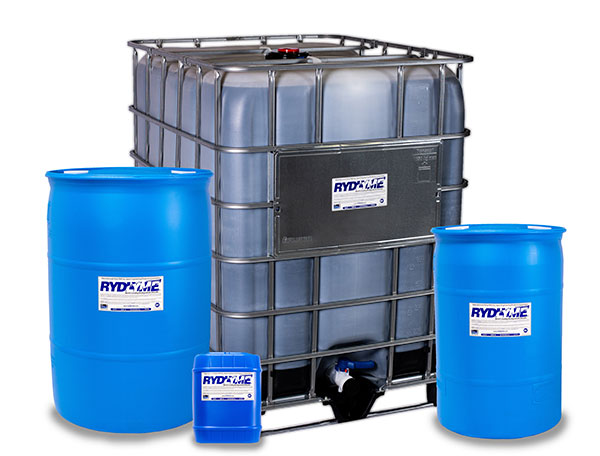Call for more information!
630-820-8888
Fire Tube Boilers
Fire tube boilers are one of the oldest and most common types of boilers used in various industries and residential settings. They are called “fire tube” boilers because the hot gases produced by the combustion of fuel pass through tubes surrounded by water in the boiler’s outer shell. The heat from the hot gases transfers through the tube walls to the surrounding water, converting it into steam.
How do fire tube boilers work? Let’s take a look at the general areas of construction, maintenance, and safety surrounding fire tube boilers.
Fire Tube Boiler Construction
Fire tube boilers consist of a cylindrical shell or drum containing water, with multiple fire tubes running through it. The tubes are positioned inside the water-filled drum, and hot gases from the combustion process pass through these tubes.
Fire Tube Boiler Heat Transfer
Heat transfer occurs through the tube walls as hot gases flow through the tubes. This process heats the water surrounding the tubes, generating steam within the boiler.
Fire Tube Boiler Efficiency
Fire tube boilers are generally less efficient than water tube boilers due to the larger volume of water contained in the shell. However, they are still widely used for their simplicity and ease of maintenance.
Fire Tube Boiler Capacity Range
Fire tube boilers can be designed to handle a wide range of steam capacities, making them suitable for both small-scale applications (e.g., residential heating) and large industrial processes.
Fire Tube Boiler Safety
Fire tube boilers have a relatively lower pressure compared to water tube boilers, making them safer in certain applications. However, they can still pose safety risks if not operated and maintained properly.
What Are Fire Tube Boilers Used For?
Fire tube boilers are commonly used in various industries, including manufacturing, food processing, textile, and chemical industries. They are also used for heating buildings and providing hot water in residential settings.
Fire Tube Boiler Limitations
Fire tube boilers, like all boilers have some limitations. They may not be suitable for high-pressure steam requirements or applications with fluctuating steam demand. Additionally, the relatively large water volume inside the boiler can lead to slower steam generation and response times compared to water tube boilers.
Despite these limitations, fire tube boilers remain popular due to their simplicity, ease of operation, and versatility in various applications. Proper maintenance and adherence to safety guidelines are critical to ensure their safe and efficient operation.
How are Fire Tube Boilers Cleaned?
The cleaning procedure for fire tube boilers is essential to maintain their efficiency, prevent corrosion, and prolong their operational life. Regular cleaning helps remove accumulated scale, sludge, soot, and other deposits that can hinder heat transfer and reduce boiler performance. Let’s take a look at the general cleaning procedure for fire tube boilers.
Preparing for Fire Tube Boiler Cleaning
- Shut down the boiler and allow it to cool to a safe temperature.
- Isolate the boiler from the rest of the system, including disconnecting electrical power and fuel supply.
Fire Tube Boiler External Cleaning
- Inspect the external surfaces of the boiler for any dirt, debris, or oil.
- Clean these surfaces using a suitable cleaning agent and water.
Fire Tube Boiler Soot and Scale Removal
- Open the boiler’s front and rear doors to access the fire tubes.
- Use brushes, scrapers, or pneumatic tools to remove soot and scale deposits from the fire tubes and the combustion chamber.
- Be careful not to damage the tube surfaces while cleaning.
- Vacuum the loose debris and residues from the combustion chamber and tube surfaces.
Fire Tube Boiler Chemical Cleaning
- If severe scaling or stubborn deposits are present, chemical cleaning may be necessary.
- Prepare a suitable cleaning solution as per the manufacturer’s recommendations or industry standards.
- Circulate the cleaning solution through the fire tubes, allowing it to dissolve and loosen the deposits.
- Drain the cleaning solution and flush the boiler with clean water to remove any remaining residue.
Fire Tube Boiler Water Flushing
- Thoroughly flush the boiler with clean water to remove any loose particles, chemicals, or cleaning agents.
- Ensure that all the tubes, combustion chamber, and other internal components are clean and free of debris.
Fire Tube Boiler Post-Cleaning Inspection
- Inspect all the cleaned components for signs of damage or wear.
- Replace any damaged or worn-out parts as necessary.
- Reassemble the boiler, ensuring that all connections are secure and tight.
- Restart the Boiler
RYDLYME FEATURES:
- Biodegradable
- Dissolves 2.2 lbs of scale per gallon of RYDLYME
- NSF/ANSI 60 certified
- Non-corrosive and safe for personnel


